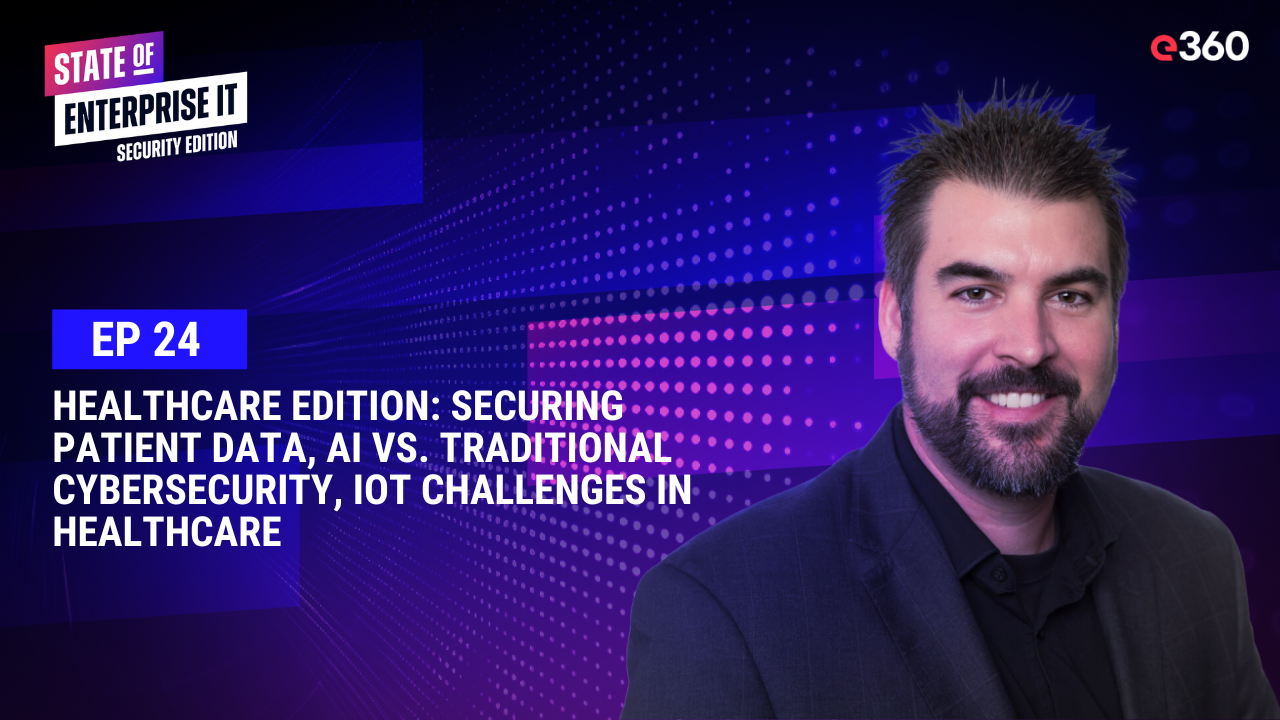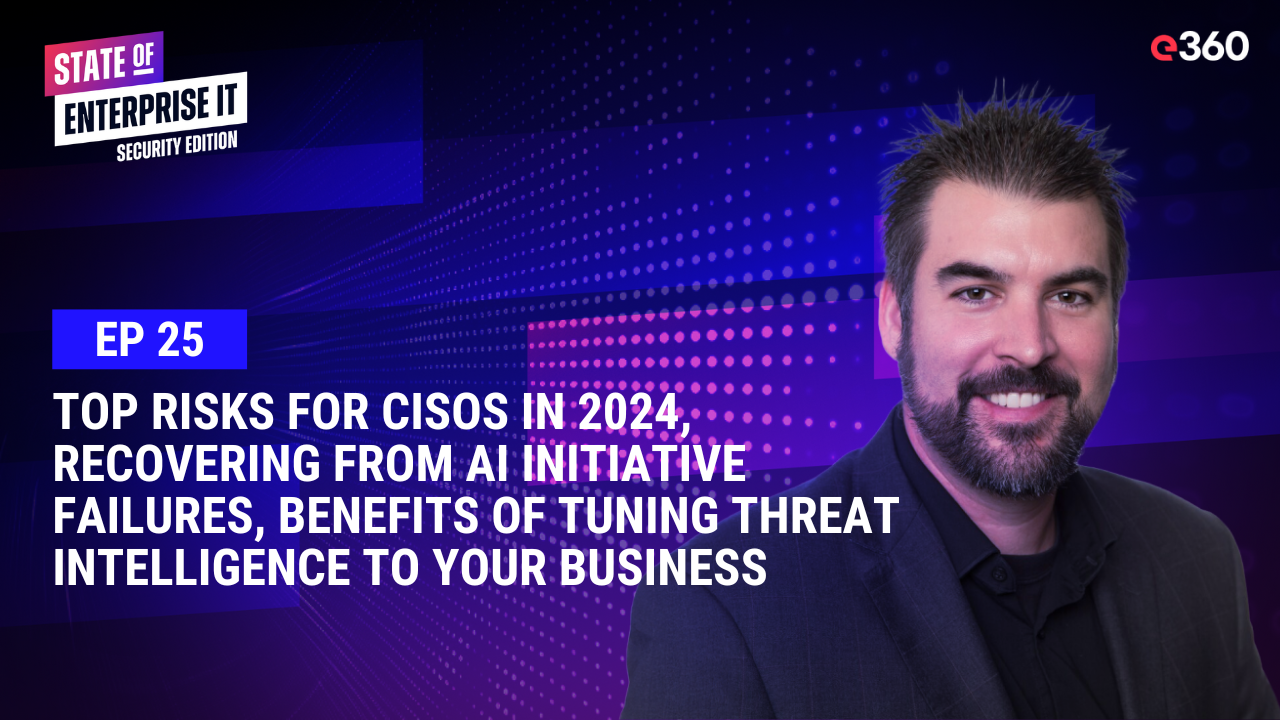The Fragmented State of Healthcare Data
In an era where artificial intelligence promises to revolutionize healthcare delivery, a critical obstacle stands in the way: data silos. These isolated repositories of valuable clinical information prevent organizations from leveraging the full potential of their data assets for innovation, quality improvement, and enhanced patient care. This article examines the causes and consequences of healthcare data fragmentation and outlines practical strategies for breaking down these barriers to unlock the transformative power of AI and analytics.
The Fragmented State of Healthcare Data
Healthcare generates vast amounts of data daily—from electronic health records and medical imaging to wearable devices and genomic sequencing. Yet much of this information remains trapped in disconnected systems, rendering it inaccessible for comprehensive analysis and AI applications that could drive meaningful improvements in care delivery and outcomes.
The current reality of healthcare data exchange remains challenging, with interoperability barriers persisting despite industry-wide efforts. A joint Bain & Company and KLAS Research study found that approximately 70% of healthcare organizations were directly affected by the Change Healthcare cyberattack in February 2024, highlighting both the interconnectedness of healthcare systems and their vulnerability when data exchange channels are disrupted.Why Healthcare Struggles with Data Integration
Healthcare organizations face unique challenges that complicate data integration efforts:
Legacy Systems and Technical Debt
Many healthcare providers operate on legacy systems implemented decades ago, creating a complex technological ecosystem that wasn't designed for modern integration:
- Different departments often use specialized systems tailored to their specific functions
- Acquisitions and mergers result in multiple incompatible platforms operating simultaneously
- Technical debt accumulates as short-term solutions layer upon one another over time
This fragmentation is particularly problematic when implementing AI solutions. According to KLAS Research, healthcare organizations are increasingly adopting data science platforms to help alleviate operational challenges, but the siloed nature of data creates significant barriers to success.
Regulatory and Privacy Constraints
Healthcare data is governed by stringent privacy regulations that, while necessary, can complicate integration efforts:
- HIPAA compliance requirements add complexity to data sharing initiatives
- Varying interpretations of data protection rules create inconsistent implementation
- Privacy concerns often lead to overly cautious data segregation policies
The HHS Office for Civil Rights continues to emphasize both the importance of data security and the necessity of appropriate information sharing for effective patient care, creating a complex regulatory environment for healthcare organizations to navigate.
Entrenched Operational Silos
Beyond technical barriers, healthcare organizations often struggle with operational silos that reinforce data fragmentation:
- Departments develop specialized workflows optimized for their specific needs
- Different stakeholders maintain separate priorities and incentives for data management
- Historical practices create cultural resistance to shared data governance
The Current State of Healthcare Data Exchange
Despite industry-wide efforts to improve interoperability, the reality of healthcare data exchange remains challenging. The Office of the National Coordinator for Health Information Technology (ONC) continues to promote standards-based exchange through initiatives like the Trusted Exchange Framework and Common Agreement (TEFCA), but implementation barriers remain significant.
<a href="https://www.hl7.org/fhir/overview.html">Fast Healthcare Interoperability Resources (FHIR)</a> has emerged as a promising standard for healthcare data exchange. According to HL7 International, FHIR provides a data format and API that enables the exchange of electronic health records (EHR) while addressing many of the shortcomings of previous interoperability standards.
The AI Innovation Gap
The fragmentation of healthcare data directly inhibits AI innovation in several important ways:
Limited Training Data
AI systems require large, diverse datasets to develop accurate and generalizable models:
- Siloed data creates artificial boundaries that limit the scope of analysis
- Small, fragmented datasets lead to biased or inadequate AI models
- Critical connections between different aspects of patient care remain undiscovered
Recent statistics from AIPRM indicate that by the end of 2024, more than 61% of healthcare organizations in the EU plan to use AI for disease diagnosis, demonstrating significant interest in AI adoption despite data challenges.
Incomplete Patient Profiles
Effective AI applications depend on comprehensive patient profiles that incorporate multiple data types:
- Clinical data from EHRs provides medical history and treatment information
- Claims data offers insights into healthcare utilization and costs
- Social determinants data illuminates non-clinical factors affecting outcomes
- Patient-generated data captures real-world experiences between clinical encounters
When these data sources remain isolated, AI systems operate with an incomplete view of patient health, limiting their effectiveness and potentially introducing bias.
Implementation Challenges
Even promising AI applications struggle to deliver value when data integration is problematic:
- Inconsistent data formats require extensive preprocessing
- Varying terminology across systems creates semantic challenges
- Gaps in data availability lead to unreliable AI outputs
Research from Deloitte Insights highlights that while healthcare organizations recognize the potential of AI technologies, many struggle with data quality and integration issues that prevent effective implementation.
The Cost of Inaction
The persistence of data silos carries significant consequences for healthcare organizations and patients alike:
Financial Impact
Data fragmentation creates substantial financial burdens:
- Duplicate testing and procedures due to inaccessible information
- Increased administrative costs from manual data reconciliation
- Missed opportunities for care coordination and preventive interventions
The Journal of the American Medical Association (JAMA) has published multiple studies documenting the financial waste in healthcare attributable to poor information sharing and care coordination.
Clinical Consequences
Patient care suffers when providers lack comprehensive information:
- Treatment decisions based on incomplete medical histories
- Missed opportunities for early intervention
- Medication errors due to fragmented prescription information
- Inability to identify patterns across patient populations
Competitive Disadvantage
Organizations that fail to address data silos face growing competitive pressure:
- Healthcare systems with integrated data environments demonstrate superior outcomes
- Consumer expectations increasingly favor seamless digital experiences
- New market entrants unencumbered by legacy systems can build integrated data environments from the ground up
Only 24% of Providers Effectively Leverage Clinical Data
The stark reality is that healthcare organizations collect enormous volumes of data but struggle to transform it into actionable insights that improve operational efficiency, clinical decision-making, and patient outcomes. This represents one of healthcare's most significant untapped opportunities.
Pathways to Integration: Breaking Down the Silos
Forward-thinking healthcare organizations are implementing strategies to overcome data silos and create integrated data environments that support AI innovation:
1. Cloud-Based Health Data Platforms
Modern cloud platforms offer significant advantages for healthcare data integration:
- Standardized data models support consistent information exchange
- Scalable infrastructure accommodates growing data volumes
- Advanced security features protect sensitive health information
- Simplified maintenance reduces technical burden on IT departments
According to the Bain & Company and KLAS Research study from September 2024, healthcare providers and payers are boosting their investment in AI, cybersecurity, and other IT areas to support innovation and improve operations, with 75% increasing IT investments over the past year.
2. API-First Integration Strategies
Application Programming Interfaces (APIs) have emerged as critical tools for healthcare interoperability:
- FHIR standards establish common protocols for data exchange
- API gateways enable controlled, secure access to healthcare data
- Developer-friendly interfaces reduce integration complexity
The ONC's Trusted Exchange Framework specifically highlights the importance of API-based exchange in modern healthcare interoperability strategies.
3. Data Governance Frameworks
Sustainable data integration requires robust governance:
- Standardized data definitions ensure consistent interpretation
- Clear data stewardship roles establish accountability
- Balanced policies support both protection and appropriate sharing
- Quality control procedures maintain data integrity
4. Federated Data Models
Some organizations are employing federated approaches that balance integration with autonomy:
- Data remains in source systems while allowing consolidated analysis
- Query capabilities span multiple data repositories
- Privacy is enhanced by limiting unnecessary data movement
- Implementation complexity is reduced compared to full centralization
The Future of Healthcare Data Integration
Looking ahead, several emerging trends will shape healthcare's journey toward integrated data environments:
Patient-Centered Data Models
Future integration efforts will increasingly organize around the patient rather than the organization:
- Patient-controlled health records will aggregate data across providers
- Consumer health devices will contribute valuable real-world data
- Patients will play a more active role in data governance and sharing decisions
AI-Driven Integration Tools
AI itself is becoming a tool for addressing data integration challenges:
- Natural language processing bridges terminology differences
- Machine learning improves entity resolution and patient matching
- Automated data quality tools identify inconsistencies and gaps
According to the 2024 Philips Future Health Index report, 92% of surveyed healthcare leaders believe automation is critical for addressing staff shortages by relieving them of repetitive tasks, with an equal percentage believing it will save healthcare professionals time by reducing administrative work.
Collaborative Data Ecosystems
Healthcare organizations are exploring models that support data sharing beyond organizational boundaries:
- Health information exchanges offer regional integration capabilities
- Collaborative research networks establish shared data resources
- Public-private partnerships address population health challenges
Taking Action: First Steps Toward Integration
Healthcare organizations can begin addressing data silos with these practical steps:
- Conduct a comprehensive data asset inventory
- Identify high-value integration opportunities based on clinical and business impact
- Implement governance structures that span departmental boundaries
- Invest in foundational technologies that support long-term integration goals
- Develop metrics to track progress and demonstrate value
- Build technical and cultural capabilities that support sustained integration efforts
Conclusion: From Silos to Insights
The journey from fragmented data silos to integrated information ecosystems represents one of healthcare's most significant opportunities for transformation. Organizations that successfully address data fragmentation position themselves to deliver more coordinated care, improve operational efficiency, and deploy AI innovations that meaningfully enhance patient outcomes.
As healthcare continues its digital evolution, the ability to break down data silos will increasingly distinguish leading organizations from laggards. Moving from data isolation to integration requires a shift from destructive approaches to establishing efficient communication channels for improved patient outcomes. Those who successfully bridge these divides will unlock the full potential of their data assets to drive innovation, improve care, and advance their missions of healing and health.
References
- Grand View Research. "AI In Healthcare Market Size, Share & Growth Report, 2030." https://www.grandviewresearch.com/industry-analysis/artificial-intelligence-ai-healthcare-market
- Bain & Company and KLAS Research. "Healthcare IT Spending: Innovation, Integration, and AI." https://www.bain.com/insights/healthcare-it-spending-innovation-integration-ai/
- KLAS Research. "Healthcare AI 2024: Use Cases Expanding to Meet New Market Needs." https://klasresearch.com/report/healthcare-ai-2024-use-cases-expanding-to-meet-new-market-needs/2049
- U.S. Department of Health & Human Services. "HIPAA for Professionals." https://www.hhs.gov/hipaa/for-professionals/security/laws-regulations/index.html
- The Office of the National Coordinator for Health Information Technology. "Trusted Exchange Framework and Common Agreement (TEFCA)." https://www.healthit.gov/topic/interoperability/trusted-exchange-framework-and-common-agreement-tefca
- HL7.org. "FHIR Overview." https://www.hl7.org/fhir/overview.html
- AIPRM. "50+ AI in Healthcare Statistics 2024." https://www.aiprm.com/ai-in-healthcare-statistics/
- Deloitte Insights. "2025 global health care outlook." https://www2.deloitte.com/us/en/insights/industry/health-care/life-sciences-and-health-care-industry-outlooks.html
- Journal of the American Medical Association. "Waste in the US Health Care System." https://jamanetwork.com/journals/jama/fullarticle/2762873
- Philips. "10 healthcare technology trends for 2025." https://www.philips.com/a-w/about/news/archive/features/2024/10-healthcare-technology-trends-for-2025.html
Ready to evaluate your organization's data integration readiness?
Schedule a comprehensive assessment →



